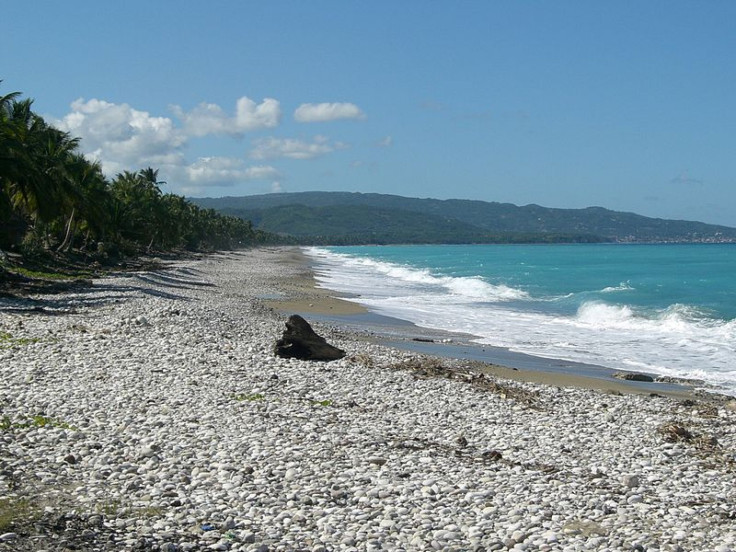Haiti Wants To Boost Tourism With New Campaign, But U.S. Advises Against Travel

When thinking of a trip to the Caribbean, most travelers will point to the Bahamas, Barbados or the Dominican Republic. Few, if any, would think of Haiti as a leisure destination. It's the poorest nation in the Western hemisphere, despite being a quick flight from Miami -- much closer to the U.S. than many other Caribbean destinations.
It was not always like this. In the 1970s and '80s, Haiti was a much-loved destination for jet-setters, who took advantage of the natural beauty and blessed climate of the island -- so much that it got branded “the pearl of the Antilles.”
But the remnants of the brutal dictatorships of François “Papa Doc” Duvalier and his son Jean-Claude “Baby Doc,” rampant poverty, the stripping of natural resources and devastating events like the 2010 earthquake that killed more than 200,000 people and left 1.5 million living in the streets nixed the idyllic image of the island. The cholera epidemic that followed the quake did little to help that perception.
“We have all the natural beauty, the art, the food, the music, the people and we are investing in our infrastructure,” said Haiti’s tourism minister, Stephanie Villedrouin, who just launched a campaign to attract visitors to the country.
Currently, Haiti makes $200 million a year from tourism, a paltry sum coming mostly from the cruise ships that dock in the north of the country on their way to the Dominican Republic. The neighboring country, which shares the island of Hispaniola with Haiti, has a thriving tourism industry: 4.6 million people entered the DR on tourist visas in 2012, as opposed to the 950,000 that entered Haiti. Villedrouin hopes Haiti will benefit from the popularity of the DR and take advantage of its privileged position in the Caribbean.
“We invite the people to come here and see our country for themselves,” added the minister. “Haiti is not about poverty, disasters, earthquakes, there is another side of the coin.”
True to her intentions, hotels are springing up around the capital, Port-au-Prince. The airport has just had a makeover, and currently five airlines link the capital with U.S. cities. Every week, 13 flights connect New York with Port-au-Prince.
But how safe is it, really? The U.S. Department of State, as of December 2012, advises against travel in the country, urging citizens to “exercise caution when visiting […] the poor state of Haiti’s emergency response network should be carefully considered when planning travel.”
It also adds that “U.S. citizens have been victims of violent crime, including murder and kidnapping, predominantly in the Port-au-Prince area. No one is safe from kidnapping. At least two U.S. citizens were shot and killed in robbery and kidnapping incidents in 2012.”
CSMonitor reports that a new study was conducted about whether Haiti’s decision to prioritize tourism is effective. The assessment, conducted by researchers from the University of Michigan, resolved that the Haitian government is “unrealistic” in its current hard sell of Haiti as a leisure destination.
The study points out that more than 70 percent of Haitians live on less than $2 a day, and it is more common to see missionaries and aid workers than spring breakers. Villedrouin responded that Haiti is suited for a recreation-focused tourism industry, but it will take time. “Tourism will create jobs, directly and indirectly,” she said. “It has the potential to change Haiti’s prospects.”
The research also found out that most visitors to Haiti are of Haitian descent, and travel to the country to visit family and friends, rather than to experience the country’s wonders.
© Copyright IBTimes 2024. All rights reserved.



















